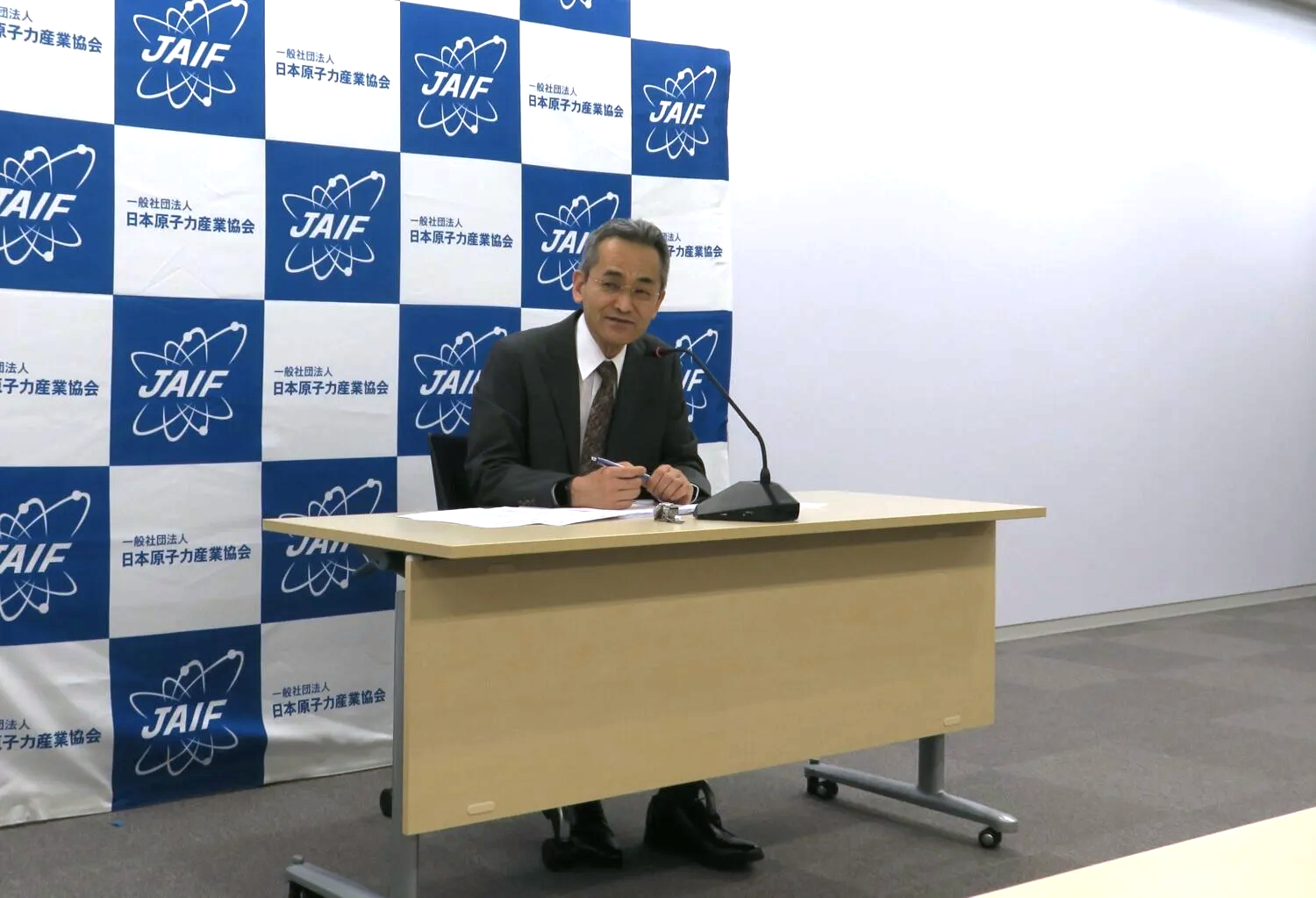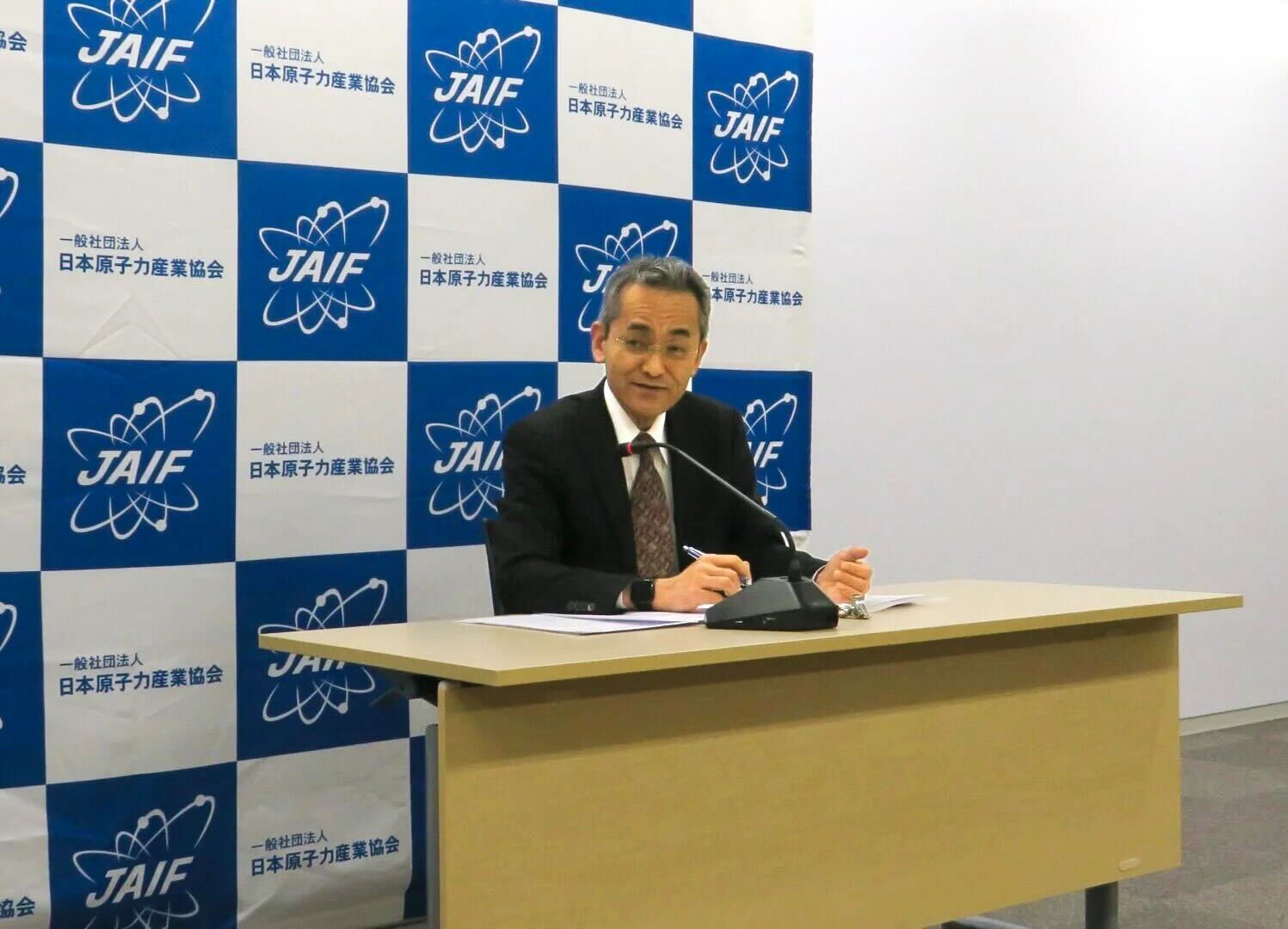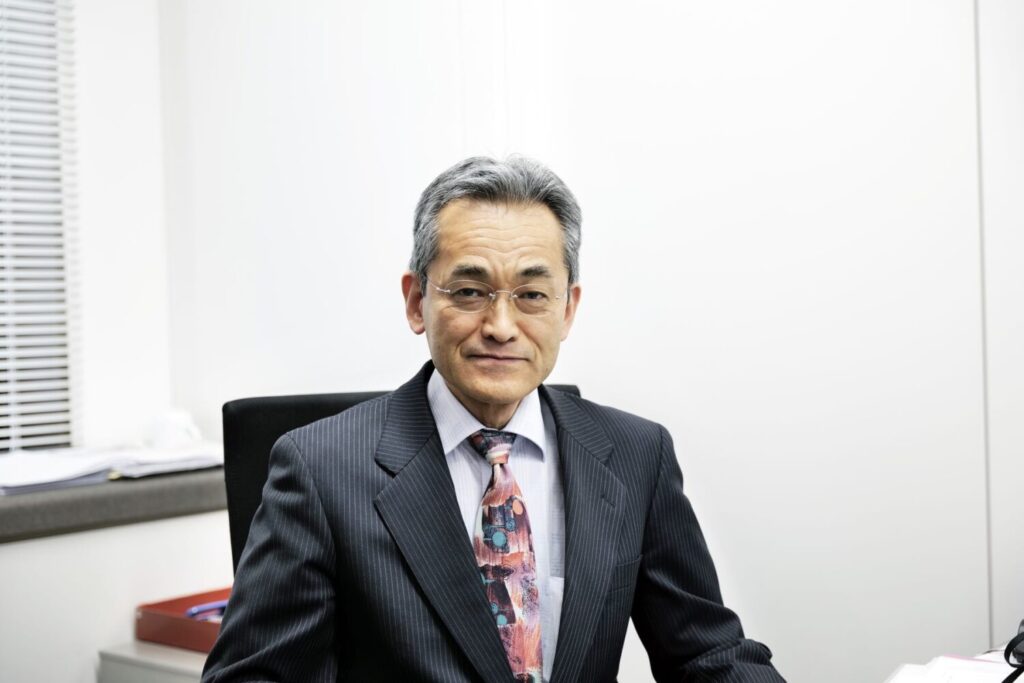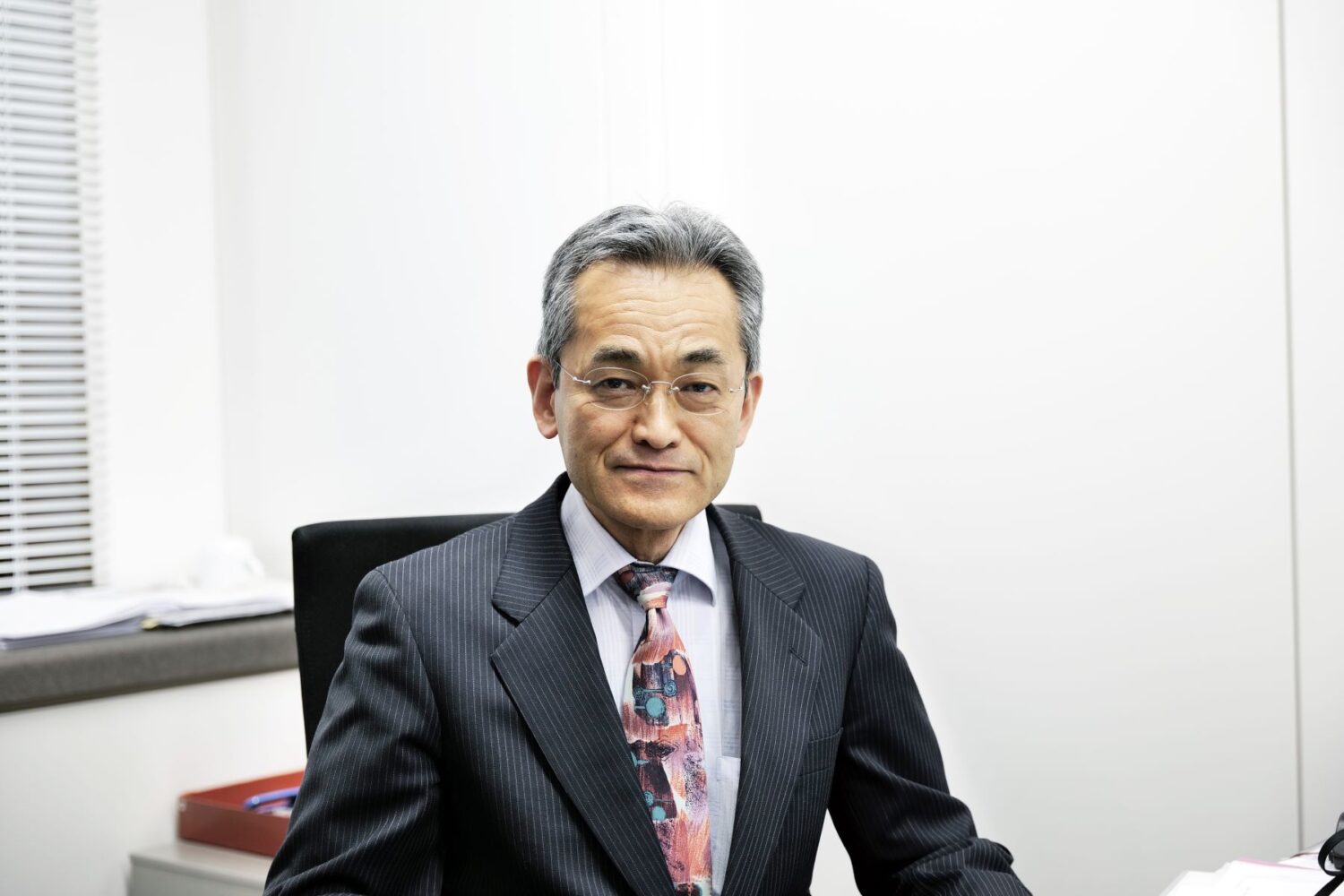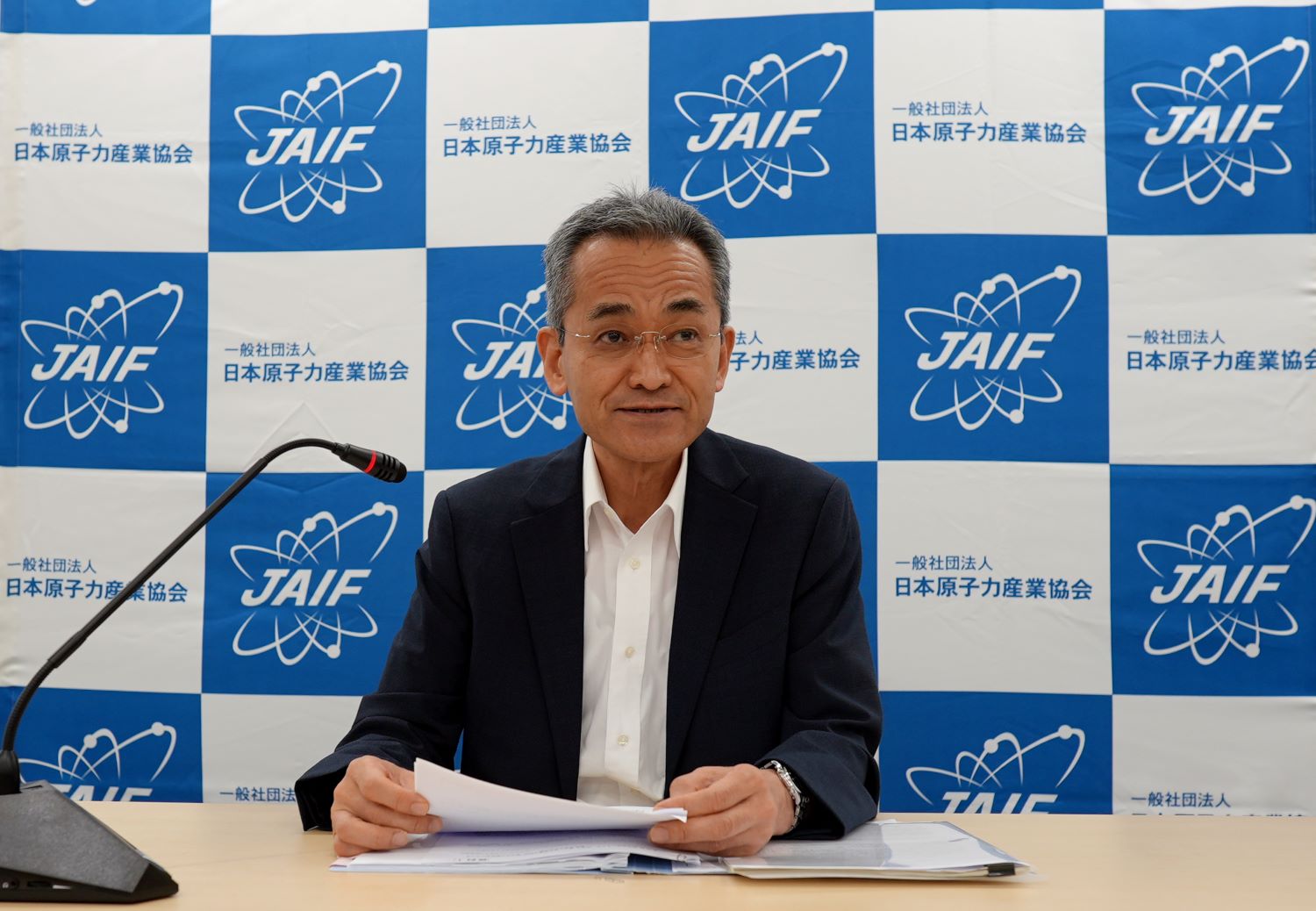With the decision to decommission the five units, Japan’s nuclear industry has seen the NPP life cycle come to full circle — reaching as much as 100 years from beginning to end — with the construction, operation and maintenance of NPPs now joined by their decommissioning. If that life cycle is wrapped up in an appropriate manner, leading to the next step, which is replacement, nuclear power can establish itself as a sustainable, mature technological system.
If one looks at the situation globally, the trend toward the expansion of nuclear power utilization remains unchanged, with 431 NPPs currently operating and another 76 being constructed. Based on the idea of maximizing the utility of existing plants, many countries are promoting the extension of their life spans. However, 318 of the 431 units now operating, or 74% of the total, have been operating for 25 years or more, with an additional 133 units having had their operation halted for decommissioning. We have thus already entered an age when new plants are being constructed at the same time as old ones are being decommissioned.
With the advent of the era of NPPs being decommissioned on a full scale, I would like to suggest four points that should enable the smoother progress of the business, as follows:
- Enable decommissioning to grow into an attractive business that becomes one of the world’s “top runners” in the field
Since Japan built its first commercial NPP in 1960, it has constructed a total of 57 NPPs, without a break, down to the present. Japan’s unique method of managing projects, completing them both on time and on budget — a method established through its many years of experience — has been highly praised by other countries.
The ability of Japan to manage projects skillfully is so advanced that no other country in the world can quite reach its level. Using modular construction, Japan is able to maintain high quality and reliability while rationally and efficiently managing projects that involve many different companies, encompassing the entire construction procedure, namely, all the way from design and licensing to parts procurement, factory manufacturing, inspection, transport, installation and trial operation. If that business model can be applied to reactor decommissioning as well, that ability should enjoy optimum demonstration. Decommissioning work not only employs existing technologies but also offers the opportunity for new technologies to be applied, such as remotely-controlled robots and the like. Without a doubt, a future “Japanese model” for reactor decommissioning, making use of Japanese people’s special qualities and abilities as mentioned above, can find a place on the global field in which to thrive.
I earnestly look forward to the time when Japanese government and nuclear operators can take the business of decommissioning and turn it into a global model that young people find attractive, while organizing an environment in which the business can develop into one of the world’s “top runners.”
- Think flexibly so as to carry out decommissioning work both efficiently and in an environmentally-friendly way
In Japan, the basic measures for decommissioning a healthy, undamaged NPP essentially include the processes of system decontamination, safe storage, dismantling and removal, turning the site back to a “green field.”
Although normal decommissioning work is unique insofar as it takes place in radioactive conditions, that characteristic is not believed to present any great technological hurdles. Accordingly, an important issue that arises is how to carry out such work in a way that is friendly both to human beings and the environment, in a safe and efficient manner, while reducing the exposure for residents and workers, as well as minimizing waste. Another special feature of decommissioning work is the long time it requires — some two to three decades being needed before sites are restored to green fields — in contrast to the normal five or so years it takes for construction projects to finish.
Viewed from that perspective, it would be logical for Japan — a country where a single site may contain several reactors — to carry out decommissioning by standardizing workloads from a long-term perspective, measuring the most appropriate load overall, while thinking ahead to the decommissioning of the future plants on the site. For instance, total costs and waste amounts could be largely reduced by streamlining and integrating the design of spent fuel storage facilities and radioactive waste storage facilities, among others, while sharing the materials used in their construction. It is vital for operators to constantly maintain such flexibility in their thinking as they promote efficient decommissioning measures.
- Adopt an open posture for the smoother pursuit of the business globally
Various foreign countries have already successfully decommissioned healthy, undamaged NPPs, thus establishing the necessary technology for the process, so to speak. Meanwhile, Japanese experience in decommissioning reactors includes such examples in the past as research reactors and the Japan Power Demonstration Reactor (BWR, 12.5MWe), as well as the ongoing decommissioning work taking place at Fugen (ATR, 165MWe). In the case of commercial reactors, though, Japan can only boast slight experience in comparison to those countries that started such work earlier, including the ongoing decommissioning of Tokai-1 (GCR, 166MWe), and the planned decommissioning of Hamaoka-1 & -2 (BWRs, 540MWe & 840MWe).
Already, foreign countries with more extensive experience in decommissioning are actively marketing their expertise in Japan. In order to enter the burgeoning decommissioning business worldwide and not just remain stuck in Japan, both the Japanese government and nuclear operators are called upon to adopt an open posture toward the outer world and actively incorporate the knowledge and wisdom of those more advanced countries, thus guiding the domestic decommissioning business in a way that it can grow and be able to operate on the global stage.
To that end, I believe it is desirable to develop an “all-Japan” approach to the decommissioning business, and not just have the individual companies involved try to respond to the requirements. A national system needs to be built that adopts a global, long-term perspective toward the future growth of the business. That can be done by concentrating the technology and human resources related to decommissioning, as well as forming alliances with foreign firms, among other things.
- Understand the needs and concerns of siting communities while supporting local economic development
As a national policy, nuclear power, for many years, has supplied electricity in a stable fashion to support the life of the Japanese people and the activities of Japanese corporations. The public has benefited from that policy, which has yielded people a rich way of living.
As NPP decommissioning starts to progress in the country, careful explanations must be given to people in those siting communities that have for so many years demonstrated their understanding and offered their cooperation throughout the stages of planning, construction, operation and maintenance of those reactors. Decommissioning is expected to result in spent fuel and radioactive wastes being stored, for the time being, on former NPP sites, and local understanding will be required concerning that point as well.
Another kind of measure that needs to be taken up is the organization of an environment in which communities can be maintained and rejuvenated once their nearby NPPs are decommissioned, with ways devised to minimize the influence on the local economies that had developed over a long time in coexistence with those facilities. The national government and nuclear operators must actively give support and cooperation to the kind of community development appropriate for the age of decommissioning, while also organizing an environment in which decommissioning can steadily progress, including establishing standards and securing disposal sites for radioactive wastes.
As demonstrated above, all the related parties, primarily the national government and nuclear operators, need to exert leadership now that the age of full-fledged decommissioning has become a reality. They must resolve such issues as understanding the needs and concerns of siting communities, as well as alleviating the impact on their economies, while fostering and guiding the development of Japan’s domestic decommissioning business into a world-class one.





